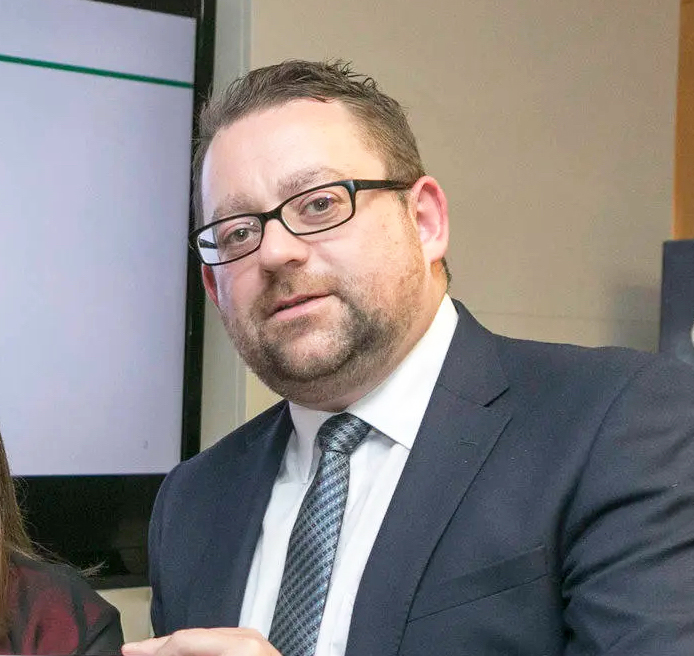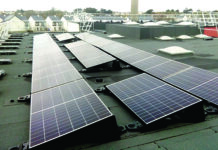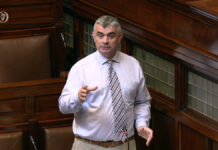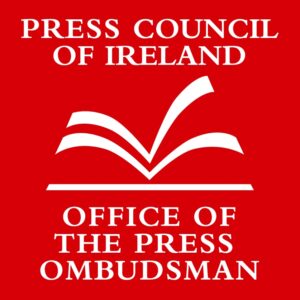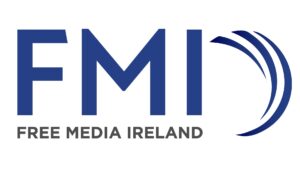THE hospitality industry in the Limerick region is heading into very turbulent times economically with growing uncertainty in overseas markets and rising business costs.
That’s according to Irish Hotels Federation Shannon Branch Chairman Stephen O’Connor who says that energy costs are a particular worry and are now running at up to 12 per cent of total revenue for the average hotel, up from just four per cent of revenue in 2019.
“For an average 70-bedroom hotel this means an increase of €380,000 in annual energy costs. While the Temporary Business Energy Support Scheme introduced in Budget 2023 is welcome, the qualification criteria are far too restrictive for hotels,” Mr O’Connor explained.
Hotels are also seeing increases across the cost of food suppliers, beverages and insurance costs as well as linen and laundry services.
Figures from the Irish Hotels Federation (IHF) shows that despite an uplift in tourism this year, overall hotel room occupancy rates are still significantly down on 2019 for the year to date.
From January to October, average room occupancy levels were 71 per cent nationally and 73 per cent for the Mid West. Over the same period in 2019, however, room occupancy was at 80 per cent nationally, highlighting the extent of lost ground still to be made up.
The economic outlook for the sector is now looking significantly less certain with pent-up demand quickly unwinding, overseas markets entering economic downturn and consumer confidence reaching decade-lows across key overseas markets.
Mr O’Connor, who is manager of The Strand Hotel in Limerick, said that the challenges were compounded by the Government decision to increase the VAT rate for tourism to 13.5 per cent at the end of February.
“Tourism VAT is currently at nine per cent, so the amount of VAT paid by tourists will increase by 50 per cent – a decision that would make Ireland an outlier amongst countries in Europe who prioritise tourism.
“At a time when businesses are struggling with spiralling business and energy costs and sagging demand in many key international markets, the last thing the Government should be doing is adding to inflationary pressures.
“The looming increase of Ireland’s VAT means that consumers and overseas visitors will be paying the third highest tourism VAT rate in Europe.
“The nine per cent VAT rate is the right rate for the long-term sustainable development of Ireland’s largest indigenous industry, which in 2019 employed 270,000 people and returned over €2 billion to the exchequer in direct tourism-related taxes,” Mr O’Connor added.


